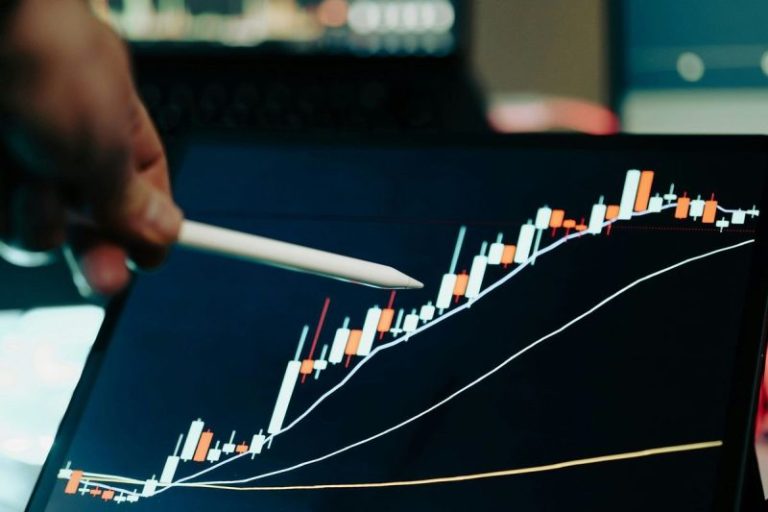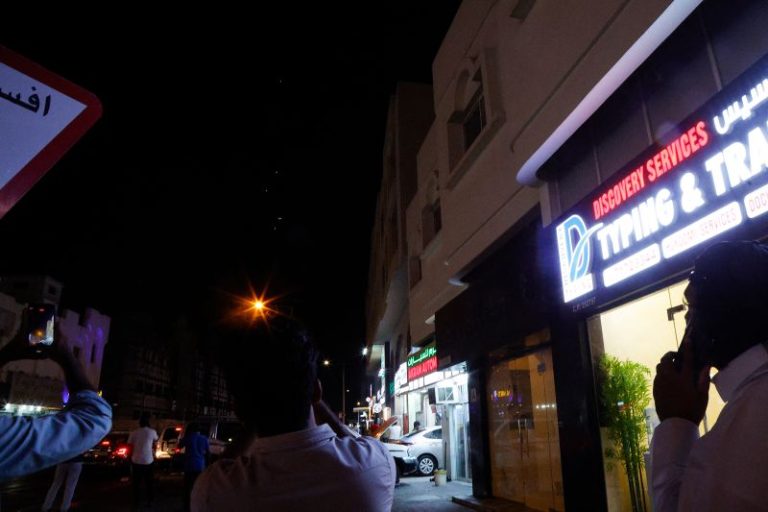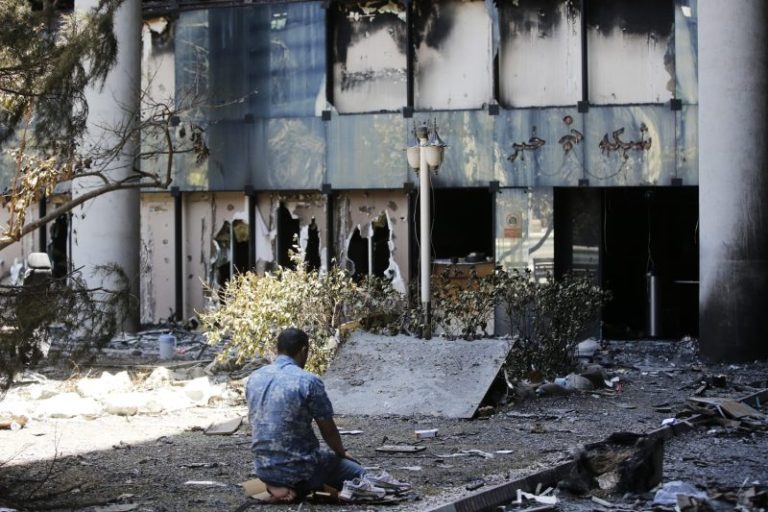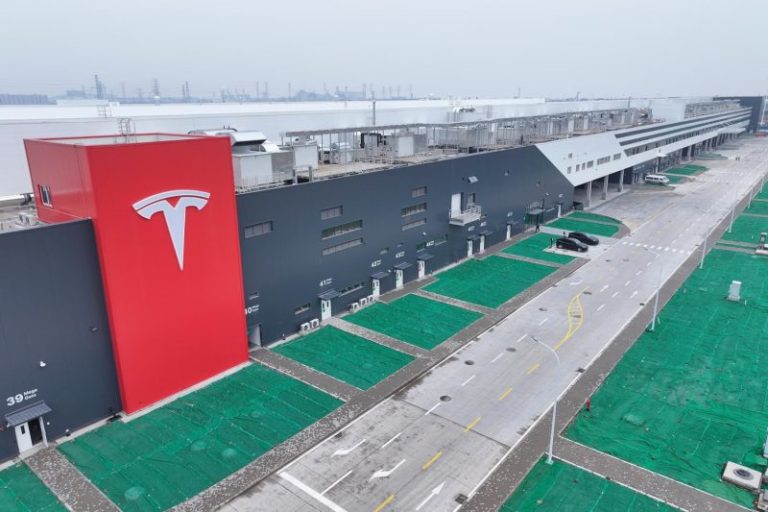Here’s a quick recap of the crypto landscape for Monday (June 23) as of 9:00 p.m. UTC.
Get the latest insights on Bitcoin, Ethereum and altcoins, along with a round-up of key cryptocurrency market news.
Bitcoin and Ethereum price update
Bitcoin (BTC) is priced at US$102,876, an increase of 4.2 percent in the last 24 hours. The day’s range for the cryptocurrency brought a low of US$100,177 and a high of US$103,154 as the market opened.
Bitcoin price performance, June 23, 2025.
Chart via TradingView.
Crypto markets are bracing for continued short-term volatility, heavily influenced by macro conditions and geopolitical developments, particularly the US-Iran situation. Traders are warning of a potential drop to US$95,000, with some even anticipating US$92,000, as only 3 percent of newer Bitcoin investors are currently profitable.
Despite immediate concerns, analysts remain constructive on Bitcoin’s long-term resilience. Growing structural demand from public entities is solidifying Bitcoin’s role as a strategic reserve. Longer-term metrics suggest 2025 could be the last bullish leg of this cycle, potentially driving Bitcoin prices north of US$200,000.
Over the weekend, Bitcoin fell below the US$100,000 mark for the first time since May following US President Donald Trump’s announcement that the US had bombed three of Iran’s main nuclear facilities.
The airstrikes, which reportedly targeted Fordow, Natanz, and Isfahan, heightened investor risk aversion, triggering over US$1 billion in liquidations across crypto markets. Derivatives data from Coinglass shows that US$915 million of long positions and US$109 million worth of shorts were wiped out.
Ethereum (ETH) closed at US$2,308.07, a 6 percent increase over the past 24 hours. Its lowest valuation on Monday was US$2,206.39, and its highest valuation was US$2,312.59, minutes before the closing bell.
Altcoin price update
- Solana (SOL) was priced at US$139, up 8.1 percent over 24 hours and its highest valuation for Monday. SOL experienced a low of US$131.53 during the day.
- XRP also reached its highest daily valuation at the closing bell. It traded at US$2.05 as markets wrapped, up by 5 percent in 24 hours. The cryptocurrency’s lowest valuation was US$1.97.
- Sui (SUI) is trading at US$2.61, showing an increaseof 11.7 percent over the past 24 hours. Its lowest valuation was US$2.42, and it reached its highest valuation at the closing bell.
- Cardano (ADA) is priced at US$0.5527, up 5.7 percent in 24 hours to its highest value. Its lowest valuation on Monday was US$0.5315.
Today’s crypto news to know
Pompliano launches US$1 billion Bitcoin treasury firm
Crypto investor Anthony Pompliano has unveiled a new Bitcoin treasury company, ProCap Financial, via a merger with Columbus Circle Capital I, a special purpose acquisition company.
The venture will hold up to US$1 billion in Bitcoin, and aims to follow in the footsteps of Michael Saylor’s Strategy (NASDAQ:MSTR), a software firm turned crypto juggernaut.
ProCap has already raised US$500 million in equity and secured a US$250 million convertible note in what Pompliano has called the largest-ever raise for a treasury-focused crypto firm.
Unlike traditional holdings strategies, ProCap intends to actively generate revenue from its Bitcoin through lending, derivatives and financial services.
Metaplanet buys US$117 million worth of Bitcoin
Tokyo-based Metaplanet (TSE:3350,OTCQX:MTPLF) has added 1,111 BTC to its reserves, spending roughly US$117 million during a weekend dip sparked by US-Iran tensions.
The firm purchased the Bitcoin at an average price of US$105,681 per coin, increasing its total holdings to 11,111 BTC valued at over US$1.1 billion. Metaplanet has embraced a bold Bitcoin-first treasury approach, positioning itself as Asia’s Strategy equivalent in the corporate crypto playbook.
OKX considers US IPO
Cryptocurrency exchange OKX is reportedly considering an initial public offering (IPO) in the US, according to an interview the Information conducted with an executive from the firm on Sunday (June 22).
“We will absolutely consider an IPO in the future,” Haider Rafique, chief marketing officer, told the outlet, without providing a potential launch date. “If we go public, it would likely be in the U.S.”
The exchange resumed operations in the US in April after the US Department of Justice found that it had actively pursued US customers without the required license. OKX pleaded guilty to one count of operating an unlicensed money transmitting business in February and agreed to pay over US$500 million in penalties.
Sequans plans Bitcoin treasury raise
Sequans Communications (NYSE:SQNS), an IoT semiconductor developer, is planning a US$384 million capital raise for a strategic Bitcoin treasury. This move is one of the latest in a growing trend of companies using Bitcoin as a reserve asset, which crypto analyst Adam Back has dubbed the “new ALT SZN for speculators.’
The company issued a press release announcing the endeavor on Monday.
The raise includes US$195 million in equity and US$189 million in convertible debentures. The company is also partnering with Swan Bitcoin for its Bitcoin treasury management. CEO Georges Karam said this reflects “strong conviction in bitcoin as a premier asset and a compelling long-term investment.”
Fiserv to roll out Stablecoin platform for 3,000 US banks
Payments giant Fiserv (NYSE:FISV) is entering the stablecoin market with FIUSD, a new digital dollar offering aimed at thousands of main street banks. The platform will allow Fiserv’s banking clients — estimated at 3,000 institutions — to launch their own branded stablecoins or integrate FIUSD into their operations.
Built on top of Fiserv’s existing payments infrastructure, the platform will be interoperable with major blockchains and other stablecoins, including Circle’s (NYSE:CRCL) USDC and Paxos.
The platform is set to go live by the end of the year.
Canaan completes US pilot production, exits AI business
In a statement sent to Cointelegraph on Monday morning, a representative from Canaan (NASDAQ:CAN), a tech firm primarily known for designing and producing application-specific integrated circuits (ASICs) for Bitcoin mining, said it “has successfully completed a pilot production run in the US.” Canaan also announced the discontinuation of its artificial intelligence semiconductor business in what it said is “a strategic realignment aimed at sharpening its focus.”
“I believe that doubling down on our core strengths in crypto infrastructure and Bitcoin mining is the most strategic path forward for Canaan,” said Nangeng Zhang, chairman and CEO of Canaan.
Securities Disclosure: I, Giann Liguid, hold no direct investment interest in any company mentioned in this article.
Securities Disclosure: I, Meagen Seatter, hold no direct investment interest in any company mentioned in this article.










